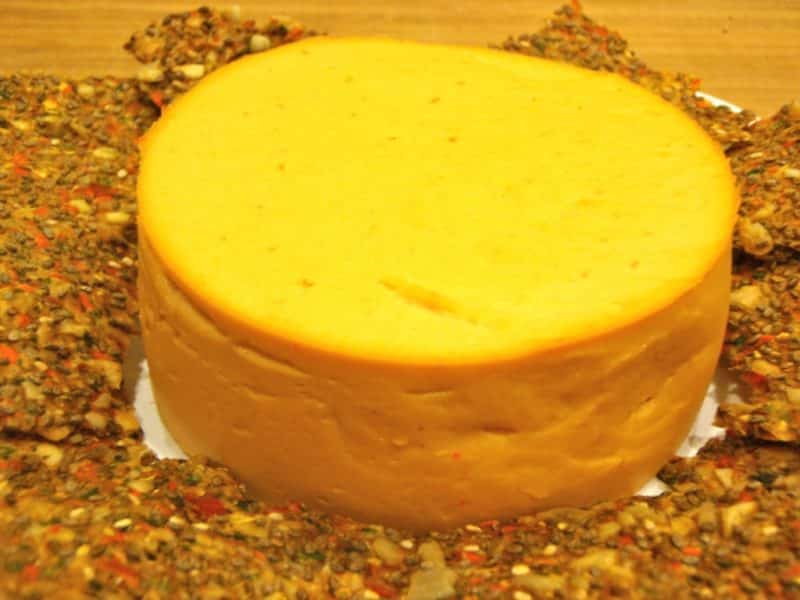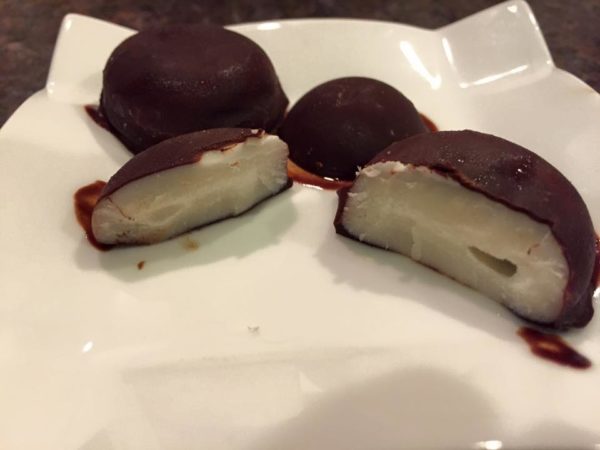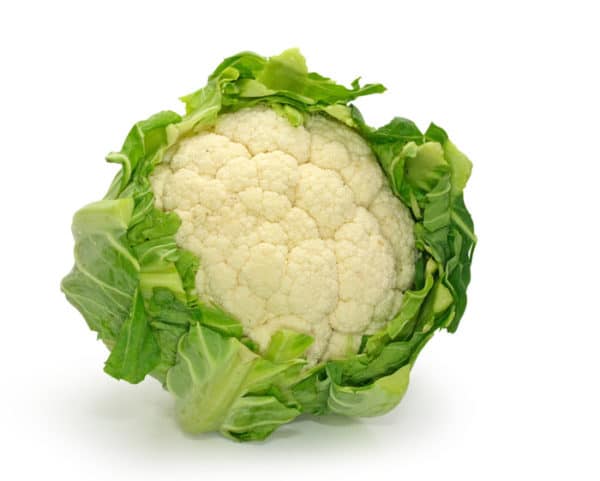
There’s a lot of disagreement amongst health professionals about the role of dairy products in human nutrition. Some believe dairy is a cornerstone to strong bones and teeth; others believe it to be a poison to be avoided at all costs.
My personal opinion, based on over 25 years of research and clinical application is that dairy products are not a good idea for humans. I strongly believe that species specific milk is an ideal food for infants of that species. In nature we rarely see cross species milk consumption, except in the rare case of when a nursing mother animal takes on the care of an animal whose mother has been killed, leaving behind her newborns.
Animals in nature do not drink milk after weaning.
Species specific milk is ideally suited for the physical and brain development of that species. One of the clearest explanations I’ve seen is in a set of YouTube videos called Udderly Amazing with Dr. Walter J. Veith. There are 8 videos in the series.
Video 2 explains why drinking milk of any species after weaning is a bad idea. He discusses casein, the primary protein in cow’s milk, and how that effects human growth. He offers a nice chart that compares the milk of different species alongside the typical growth rate for that species. Feeding cow’s milk to human babies causes their bodies to grow rapidly and their brains to grow more slowly.
Here’s a good video by Dr. Mark Hymen, MD on the subject of the adverse effects of dairy on humans.
In it he references evidence that drinking milk does not result in better bone health, as is widely believed, and shares an overview of the link between dairy consumption, insulin like growth factor and cancer rates.
Eliminating dairy from your diet is an effective way to increase your energy and boost your zest for life! It will also decrease your health care costs in the long run. Eliminating dairy can reduce allergies and decrease your risk of autoimmune disease, cancer, heart disease and diabetes.
Many people believe that as long as the dairy is raw and organic that it’s ok to consume. I disagree. While raw and organic is certainly better than commercial dairy, there are still problems. One is the casein. Raw or heated, casein is allergenic, contains opiate like peptides, called caseomorphin that appears to act as a histamine releaser and has been implicated as a cancer promoter.
If you choose to consume dairy products, it’s best to limit to raw, organic and fermented or cultured products, such as raw organic goat yogurt or kefir.
Making the shift away from milk is not that difficult for many people. There is such a wide variety of milk substitutes to choose from. Typically, when you enter a grocery store, there will be almond milk, soy milk, rice milk, hemp milk, and sometimes even coconut milk on the shelf. There are sweetened and unsweetened options and some milks come in different flavors.
If you would rather try to avoid the processed milk substitutes at the grocery store, you can make always make one yourself. It is a fairly easy process to do at home. You just need the right tools. Basically, a nut milk bag and a blender is all you need. You’d be surprised at how simple it really is.
The hardest part of eliminating dairy for most people is letting go of cheese. Cheese seems to be an almost universal comfort food! Cheese and crackers, wine and cheese, or simply cheese by itself has an appeal unlike no other food.
Great tasting cheese substitutes are harder to find. Most of the cheese substitutes sold at the store are highly processed and are not even really dairy-free because they contain casein, the protein extracted from cow’s milk that’s used to make them creamy. Casein is the protein that causes dairy allergy symptoms as well as many of the problems Dr. Veith discusses in his video. It seems like it would defeat the purpose to make a cheese substitute with casein in it. There are a few almond or rice based cheese substitutes, but they’re all highly processed and they include iffy ingredients like canola oil.
If you have a blender and are willing to invest about a half hour a week, you can learn to make your own cheese substitute right in your home kitchen! Your dairy-free cheese substitute includes probiotics to boost your digestive system and other nutrient dense ingredients that will promote health and energy. You can make cheese from raw nuts and seeds, probiotics, some lemon juice, seasonings and binders like psyllium husk and a sea vegetable called Irish moss. These cheeses are so delicious and bursting with nutrition. They support digestive as well as immune system health. And they’re easy to make, once you know how.
I’ve teamed up with Chef Karen Osborne to teach our secret cheese making techniques on January 16. The live class is in Austin, Texas and it will also be broadcast over the internet and available on digital video afterward. We’ll be teaching recipes for soft ricotta like cheese (we use it to make ravioli), cheese ball rolled in nuts, white and cheddar cheese blocks, macadamia nut feta cheese, Swiss cheese slices and a beautiful party spread made with a white cheese layered with pesto and sun dried tomatoes.
These cheeses taste fantastic. Karen gifted me with two types of cheese as a Christmas gift. One was a spreadable block and the other was firm enough to cut into slices. I enjoyed both on chia crackers, topped with sunflower sprouts! I couldn’t get enough. It was such a great feeling to enjoy the tangy creaminess of cheese, knowing it’s so nutritious.
If you can’t make the class, you can register for the online videos and the pdf e-book with all the recipes. We’re offering a discount for early sign-up.
Share this:

Are you feeling stuck?
Do you feel as if something is missing from your practice that's keeping you from delivering breakthrough outcomes for your clients?.
Recent Posts
Our Programs
Nutritional Endocrinology Practitioner Training (NEPT)
The Mastery and Certification tier is our flagship program and provides everything you need to feel confident as a practitioner who knows how to get results that lead to healthy and happy clients.
Functional Assessment Mastery
Explore the relationships between the most important hormones and their relationship with nutrition.
Functional Nutrition Mastery
Learn how to support your clients to eat and supplement in a way that reduces and eliminates chronic symptoms.
Medical Disclaimer: The information on this website is not intended to replace a one-on-one relationship with a qualified health care professional and is not intended as medical advice. It is intended as a sharing of knowledge and information from the research and experience of Dr. Ritamarie Loscalzo, drritamarie.com, and the experts who have contributed. We encourage you to make your own health care decisions based upon your research and in partnership with a qualified health care professional.
Disclosure: Sometimes (but not always), when I share resources in my programs, newsletter, and on my website, I'm using an affiliate link, which means I do make money if you buy. My credibility is extremely important to me; therefore, I only endorse the products, services, and people I believe in. DrRitamarie.com is independently owned and the opinions expressed here are my own.
Click here to see our Privacy Policy.











[…] This post was mentioned on Twitter by DrRitamarieLoscalzo. DrRitamarieLoscalzo said: Raw Foods Diet: Should you consume Raw Dairy Products?: There’s a lot of disagreement amongst health profession… http://bit.ly/i9UIdS […]
[…] This post was mentioned on Twitter by DrRitamarieLoscalzo. DrRitamarieLoscalzo said: Raw Foods Diet: Should you consume Raw Dairy Products?: There’s a lot of disagreement amongst health profession… http://bit.ly/i9UIdS […]
[…] can trigger many allergic reactions. The most common causes of these are pollen, cat or dog dander, milk, eggs, and dust. Bacteria or fungi can also cause allergies if they travel from your skin or […]
[…] I usually eat an entire 1 pound bag in one sitting, so I get 60% of my calcium in 24 calories. It puts milk to shame. By contrast, an 8 ounce glass of milk has 149 calories (whole) or 104 calories(skim) and 30% of […]